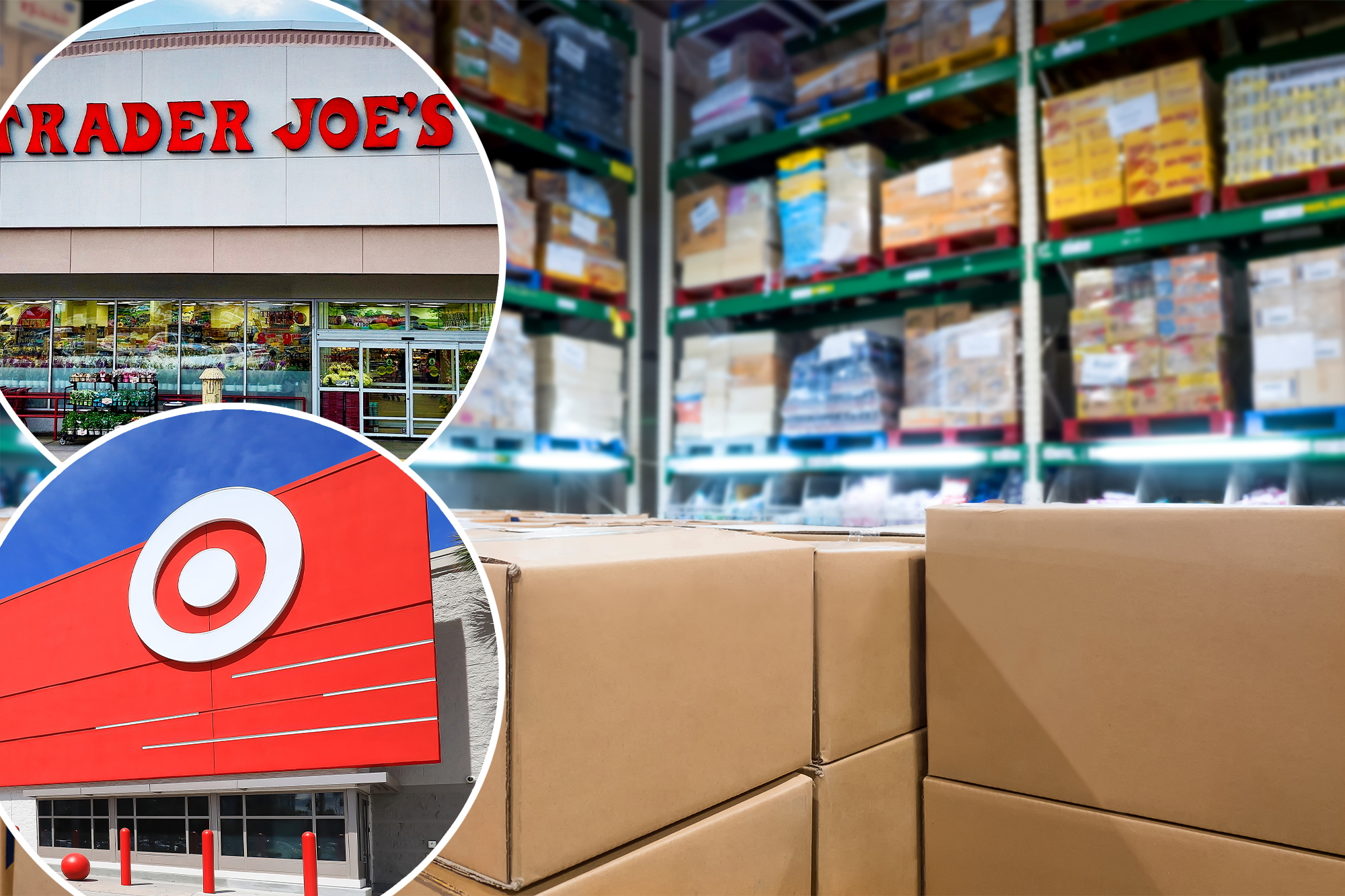
Is your favorite retailer failing you?
A new report by Toxic-Free Future, a nonprofit consumer product safety organization, revealed that most retailers in the United States and Canada are falling short when it comes to ensuring that the products they sell are made with the safest chemicals and materials on the market.
So how did your favorite brands fare on their Retailer Report Card? Of the 50 they graded, only 4 got As — and a whopping 17 flunked completely.
“With PFAS in our drinking water and toxics found in black plastic spatulas, it is shocking how little retailers are doing to help solve this health crisis linked to hazardous chemicals and plastics in consumer products,” Cheri Peele, senior project manager for Toxic-Free Future, said in a press release.
Mike Schade, director of Toxic-Free Future’s Mind the Store program, added, “Simply banning toxic chemicals isn’t enough–retailers must go further to ensure that replacements are truly safer for consumers, communities, and workers.”
Since 2016, Toxic-Free Future’s Retailer Report Card has provided consumers with an extensive assessment of retailer’s policies and programs regarding hazardous chemicals and plastics.
The latest report scored the practices and policies of the 50 largest retailers in the United States and Canada, a broad group representing 160 businesses and over 200,000 outlets selling billions of dollars of products.
Owing to their size, Toxic-Free Future argues that these retailers hold the market power to demand and drive toxic chemicals and plastics out of the supply chain,
The average grade recorded was a D+, with restaurant chains and dollar stores ranking the lowest. Of the retailers evaluated, a startling 17 earned a failing grade, earning them a place in the “Toxic Hall of Shame.”
Who failed?
Top offenders earning Fs include Chipotle, Subway, Trader Joe’s, Publix, McDonald’s, Macy’s, 7-Eleven, Five Below, LL Flooring (Lumber Liquidators), Nordstrom, Sally Beauty, Sherwin-Williams, and Sobeys, a supermarket chain in Canada.
Also getting an F is Inspire Brands, the parent company for Arby’s, Baskin-Robbins, Buffalo Wild Wings, Dunkin’, Jimmy John’s and Sonic, as well as Yum! Brands, which owns KFC, Taco Bell and Pizza Hut.
Ahold Delhaize, which owns Stop & Shop, and Alimentation Couche-Tard, which owns Circle K, also flunked.
But there’s good news
On the bright side, four retailers — Apple, Sephora, Target, and Walmart — passed with flying colors, earning an A. Meanwhile, Whole Foods Market, IKEA, and Ulta earned a B ranking.
Ulta also received high marks for improvement as the brand doubled its score from 2021 to 2024, proving that progress is possible.
Amazon landed in the middle ground with a grade of C.
The organization also found that more than half of the retailers they analyzed are banning some dangerous chemical and harmful plastics, while 68% are reducing things like PVC and PFAS, also known as “forever chemicals.”
Judging criteria
Each of these brands was rated on metrics, and their combined scores determined their final grades.
The first is a corporate commitment to reducing and eliminating potentially dangerous chemicals and plastics through external collaboration, participation in the Chemical Footprint Project, and the support of public policies.
Next, Toixc-Free Future evaluates transparency between retailers and suppliers. The agency explained that most products — excluding cosmetics, cleaning products, and toiletries — do not contain a chemical ingredient list.
“It’s alarming that more than half of the companies in the Retailer Report Card don’t ask suppliers for ingredient information,” Caroline Boden, director of shareholder advocacy at Mercy Investment Services, said.
“This lack of transparency puts consumers, businesses, and shareholders at risk.”
They also examined whether retailers have “banned the bad,” or adopted minimum criteria for safer chemicals, and implemented “safer solutions” — considered alternatives to chemicals and plastics of deep concern, and invested in implementing safer substitutes.
Spending thoughts
“It’s not an accident that this report is being published during the middle of the holiday shopping season…when most retailers make a lot of their money,” report coauthor Schade told CNN.
“We want to get this information out to consumers so that they can make more informed shopping decisions — but also so that retailers can see that we’re going to hold them accountable if they do not take meaningful action on the dangerous chemicals and plastics in the products they sell.”
Last month, protestors made headlines for demanding the end of “harmful additives” being injected into US batches of Kellogg’s cereal products.
This gauges retailers’ commitment to eliminating chemicals and plastics on the Ban the Bad List, including PFAS, or “forever chemicals,” microscopic, man-made compounds that the body can’t break down, and PVC, AKA “poison plastic.”
Health experts have only recently begun to explore the harmful — and potentially carcinogenic — properties of PFAS, which have been detected all over the world and at every level of the food chain.
Research has suggested that they may lead to disorders like cancer, thyroid disease, liver damage, fertility problems, increased cholesterol levels, obesity, and hormonal disorders.
One of the most common sources of PFAS exposure is food packaging, where it’s used to make the packaging heat-, grease- and water-resistant.














